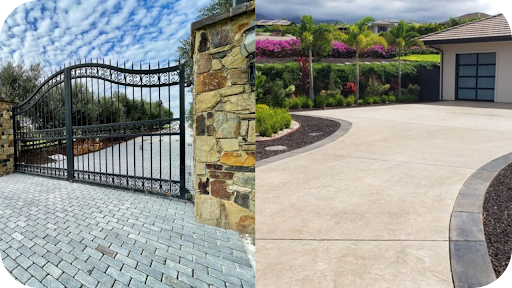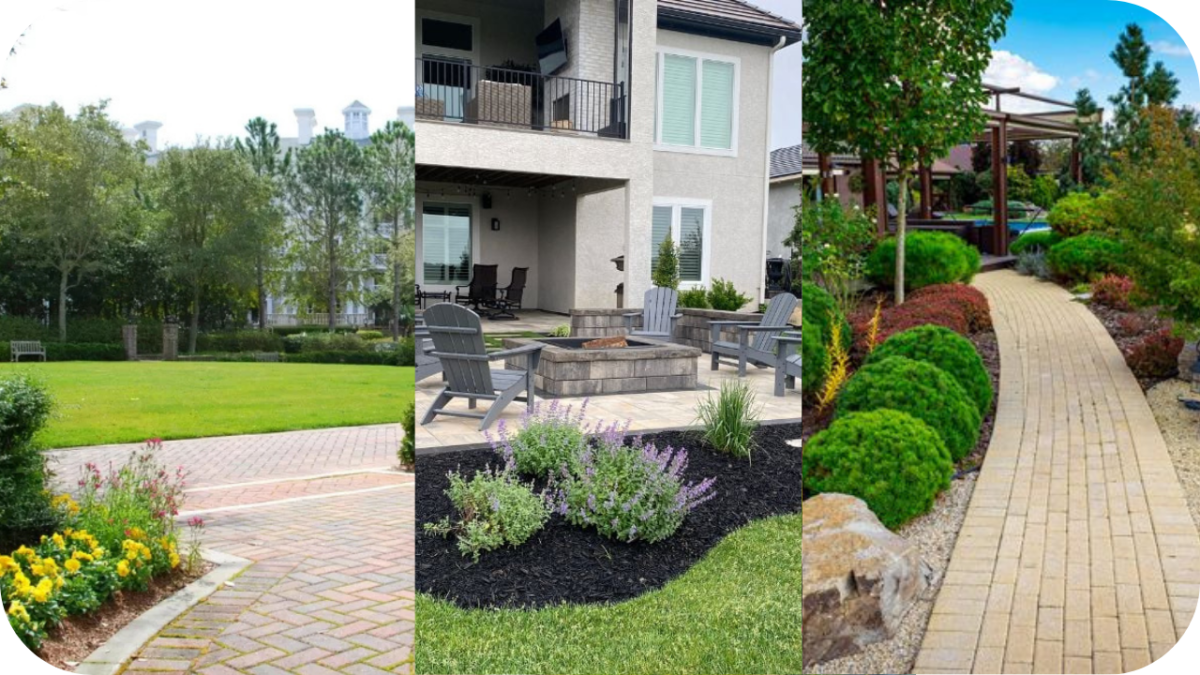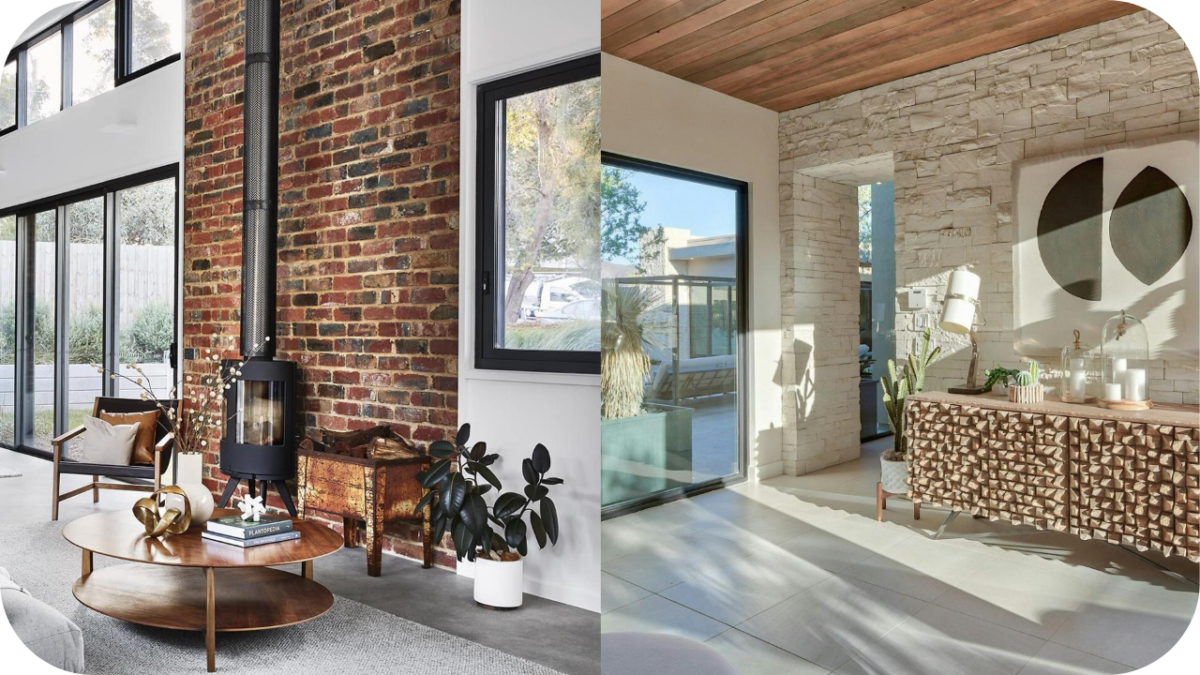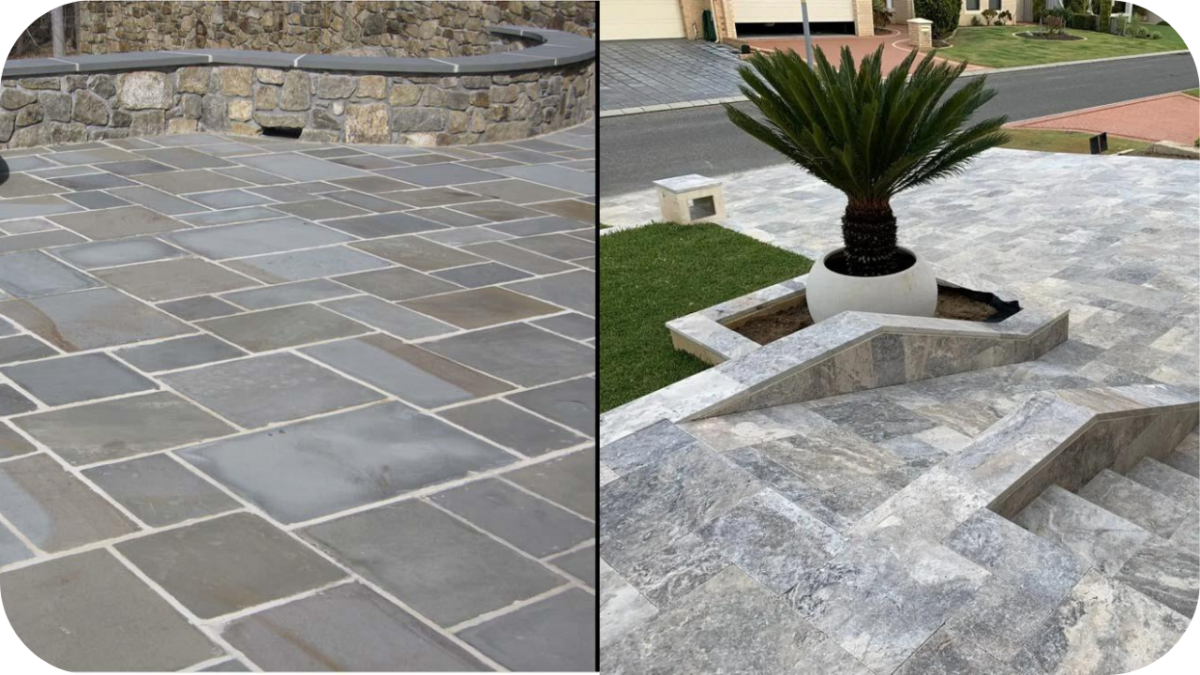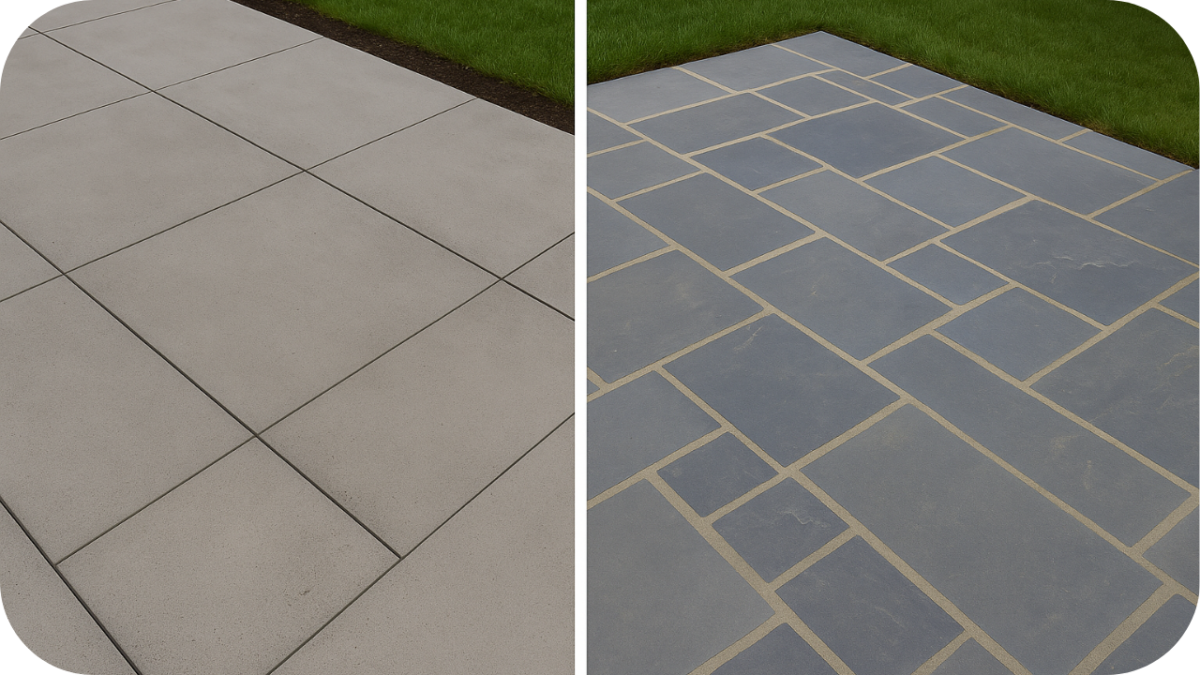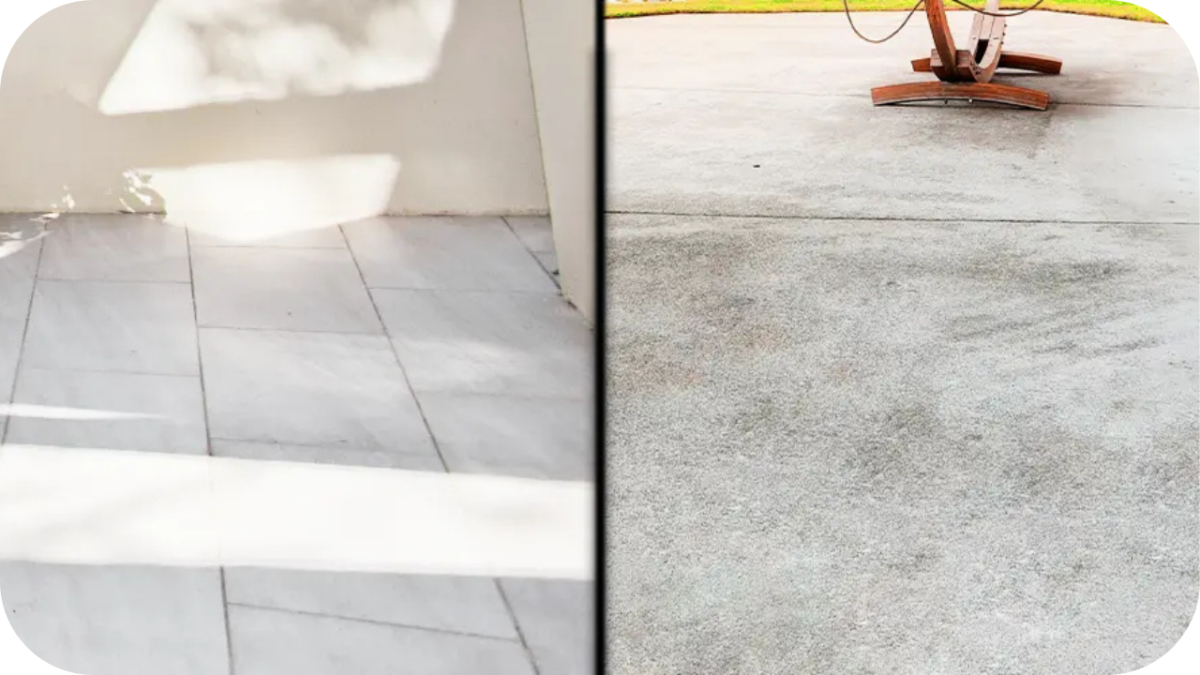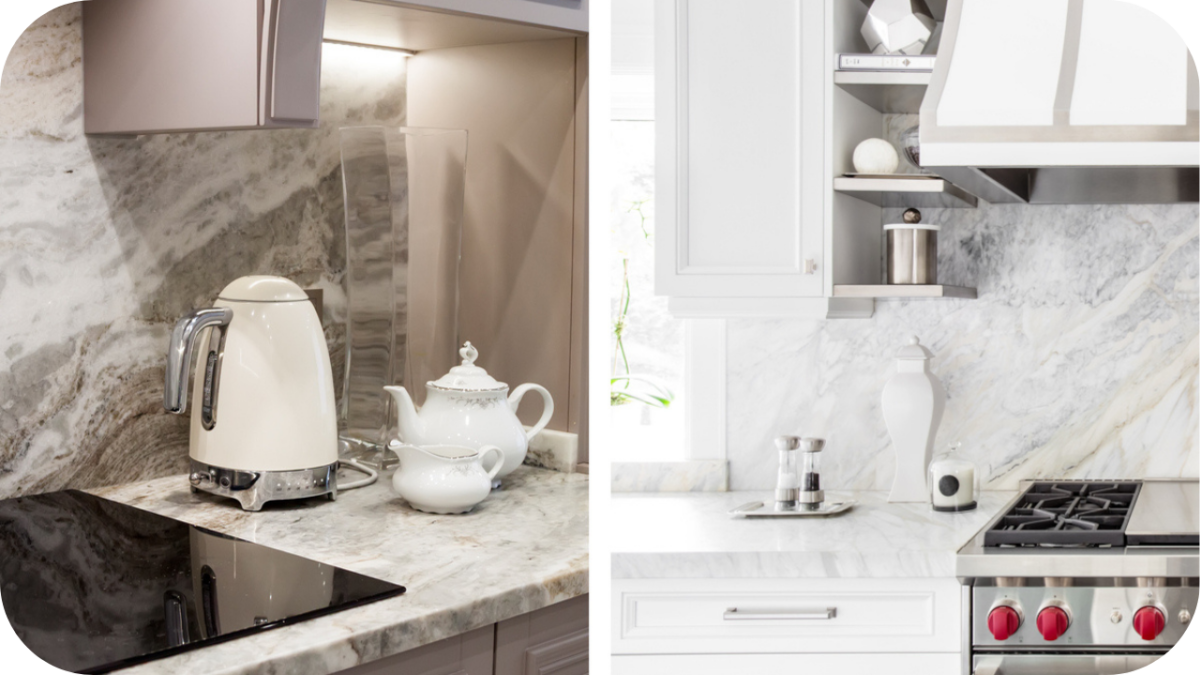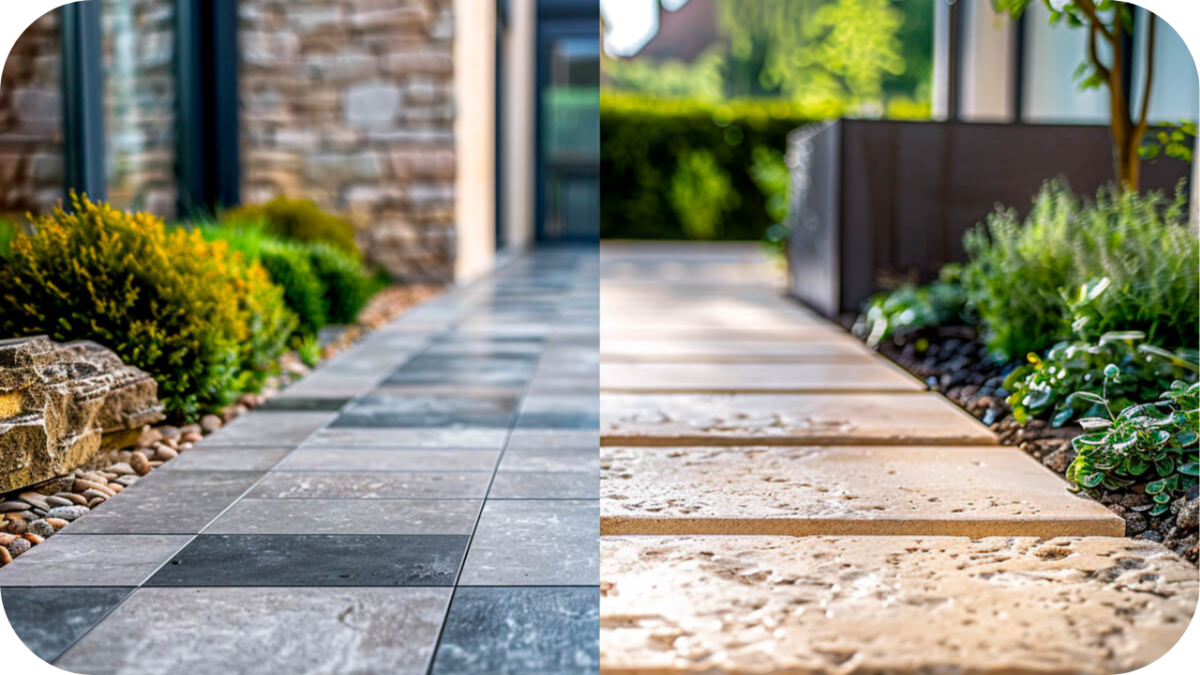Comparing Natural Stone and Concrete for Outdoor Projects
Choosing the right surface for your outdoor space is more important than it seems. Pick the wrong material and you could face early wear, fading, or costly replacements.
Many homeowners struggle to balance style, budget, and durability, especially when weighing up natural stone against concrete.
Each offers unique benefits, but only one may truly match your vision and long-term needs. By comparing how these materials perform in real-world conditions, you can make an informed choice that delivers beauty, strength, and value for years.
What Is Natural Stone?
Natural stone is a material quarried from the earth and cut into shapes for use in construction and landscaping. It includes varieties such as bluestone, granite, limestone, and marble, each with its own natural colours, textures, and patterns.
These qualities give stone a unique character that no manufactured product can fully replicate. In outdoor projects, it is valued for its durability, weather resistance, and ability to age beautifully over time. Used for driveways, patios, pathways, and retaining walls.
From natural stone paving and walling to pool surrounds, natural stone offers both functional performance and timeless appeal. With proper care, it can last for decades, making it a smart investment for any outdoor design.
What Is Concrete?
Concrete is a man-made building material created by mixing cement, water, and aggregates such as sand, gravel, or crushed stone. Once poured and cured, it forms a hard, durable surface that can be shaped to suit almost any outdoor application.
In landscaping and construction, it is commonly used for driveways, patios, pathways, retaining walls, and large structural slabs. Concrete’s biggest advantage is its versatility; it can be coloured, textured, or finished in many ways to complement different design styles.
While it may not have the natural variation of stone, its uniformity and adaptability make it a practical choice for projects that require scale, precision, or specific structural performance.
Key Comparison Factors Between Natural Stone and Concrete for Outdoor Projects
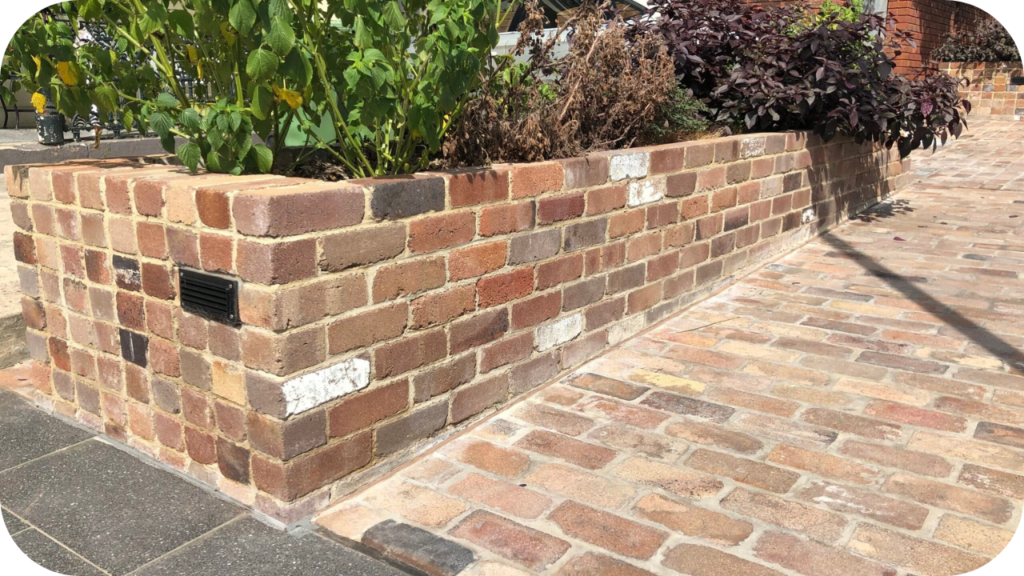
Choosing between natural stone and concrete often comes down to a few essential qualities. By looking at these factors side-by-side, you can see which material will truly suit your outdoor project.
1. Aesthetic Appeal
Natural stone offers beauty that comes directly from nature. Each piece has unique colours, textures, and patterns, meaning no two installations will look exactly the same. This individuality creates a high-end, timeless feel in any outdoor space.
Concrete, while uniform in its natural form, can be transformed through colouring, texturing, polishing, or stamping to achieve a wide range of looks. It can mimic stone or create sleek, modern finishes that suit contemporary architecture.
Stone works well in designs that lean towards organic or traditional aesthetics, while concrete excels in projects that demand creative flexibility. Both materials can be visually striking, but the choice often comes down to whether you value the natural variation and authenticity of stone or the controlled, customisable appearance that concrete provides.
2. Installation Process
Natural stone installation is often a craft in itself. The process can involve selecting and fitting irregular shapes, ensuring proper alignment, and securing each piece with precision. This can be time-consuming and typically requires skilled tradespeople.
Concrete installation, in contrast, involves preparing a form, pouring the mix, and finishing the surface. It is generally faster, particularly for large areas, although curing time is needed before use.
While concrete can be placed in expansive, continuous slabs, stone is usually laid piece by piece, creating a handcrafted result. Installation costs can be higher for stone due to labour and preparation, while concrete may be more cost-efficient to install.
The choice here depends on whether you value the artisanal process and individuality of stonework or the efficiency and scalability of concrete placement.
3. Durability and Longevity
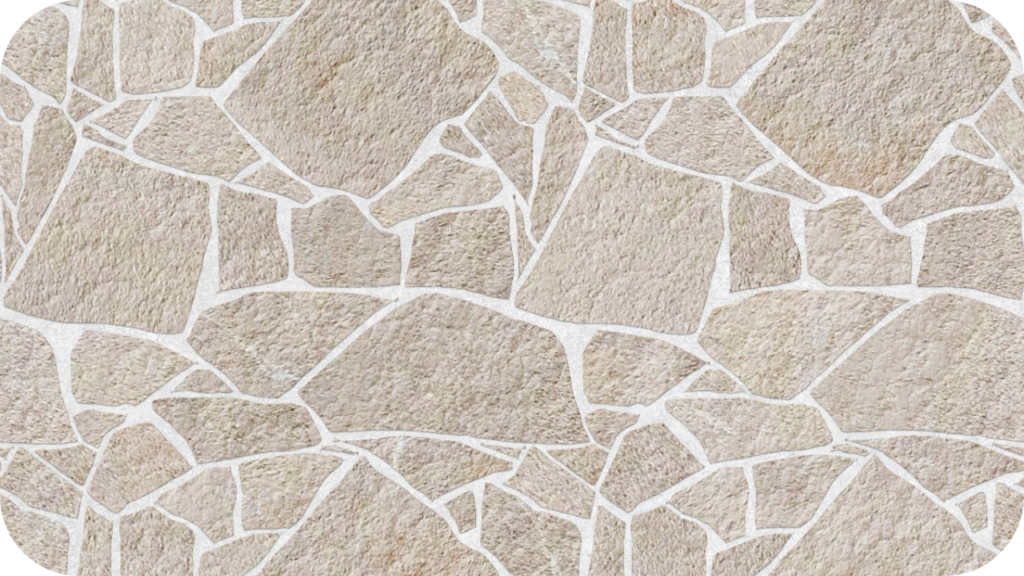
Natural stone has an impressive track record for lasting decades, often centuries, in outdoor environments. Its natural formation gives it resistance to wear, cracking, and weather-related damage. Concrete is also durable, but its lifespan can depend on the mix quality, installation, and maintenance.
Poor drainage or ground movement can lead to cracks over time. However, reinforced or high-strength concrete can extend its life significantly. Stone’s inherent hardness and ability to age gracefully give it an edge for projects seeking long-term value.
Concrete, when properly cared for, can also deliver many years of performance, making it a dependable choice for large-scale or structural applications. The decision depends on whether you want the enduring character of stone or the engineered reliability of concrete.
4. Maintenance Requirements
Natural stone is relatively low-maintenance once installed. Occasional sweeping and gentle cleaning will keep it looking fresh, and sealing every few years can enhance its resistance to stains and weather. Its natural variations help disguise minor marks or wear.
Concrete also benefits from sealing to prevent moisture damage and surface staining. Without regular care, it can develop cracks or lose its original finish. Repairs may involve patching or resurfacing, which adds to ongoing costs.
Stains can be more noticeable on plain concrete compared to the patterned surface of stone. Ultimately, the level of maintenance comes down to your preference for upkeep. Stone generally requires less intervention and maintains its charm over time, while concrete may need more consistent attention to preserve its appearance and structural integrity in outdoor environments.
5. Cost Considerations
Natural stone buying price is typically higher due to quarrying, transport, and the skilled labour required for installation. However, its long lifespan and minimal long-term upkeep can make it a cost-effective choice over the decades.
Concrete usually offers a lower upfront price, especially for larger areas, and the installation process is faster, which can reduce labour costs. That said, concrete may require periodic sealing, crack repairs, or resurfacing to maintain its appearance and performance.
When comparing costs, it is important to look beyond the starting figure and consider the total investment over time. If you are aiming for premium aesthetics and long-term value, stone can be worth the higher price. If budget and efficiency are your top priorities, concrete can deliver a solid, practical solution without compromising too much on performance.
6. Environmental Impact and Sustainability
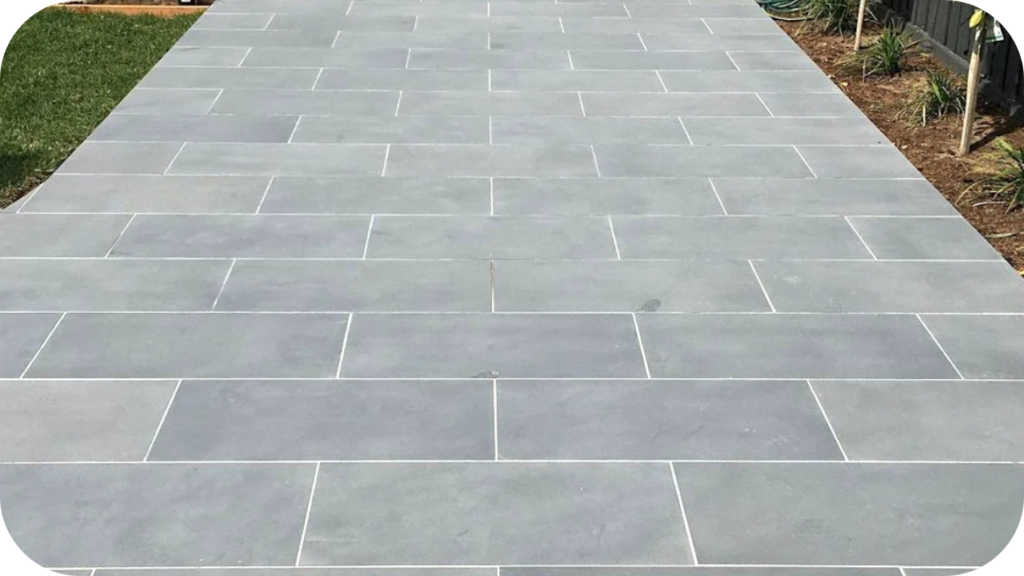
Natural stone is sourced from quarries and requires minimal processing, which means lower energy use during production compared to many manufactured materials. Its durability also reduces the need for replacement, and it can be reused in new projects, minimising waste.
However, the environmental impact can increase if the stone is transported over long distances, so locally sourced options are more sustainable. Concrete, while strong and versatile, has a higher carbon footprint during production because cement manufacturing releases significant emissions.
On the positive side, concrete can incorporate recycled materials like fly ash or crushed glass, which can reduce its environmental impact. Both materials can be chosen responsibly by considering sourcing, production methods, and transport distance.
For the most eco-friendly outcome, work with suppliers who prioritise sustainability and use materials that align with environmentally conscious building practices.
Combining Natural Stone and Concrete in One Project
Blending natural stone and concrete in the same outdoor project can create a striking balance between beauty and practicality. Concrete can serve as the structural base, providing strength, stability, and a smooth, uniform surface where needed.
Natural stone can then be used to add texture, warmth, and visual interest, highlighting feature areas such as pool surrounds or entryways. This combination allows you to enjoy the timeless elegance of stone alongside the versatility and cost-effectiveness of concrete.
It also opens up creative design options, from contrasting colours to mixed surface patterns. When planned well, the two materials complement each other, delivering a functional, durable, and visually impressive outdoor space that stands the test of time.
Why Splendour in Stone Recommends Natural Stone for Premium Outdoor Spaces
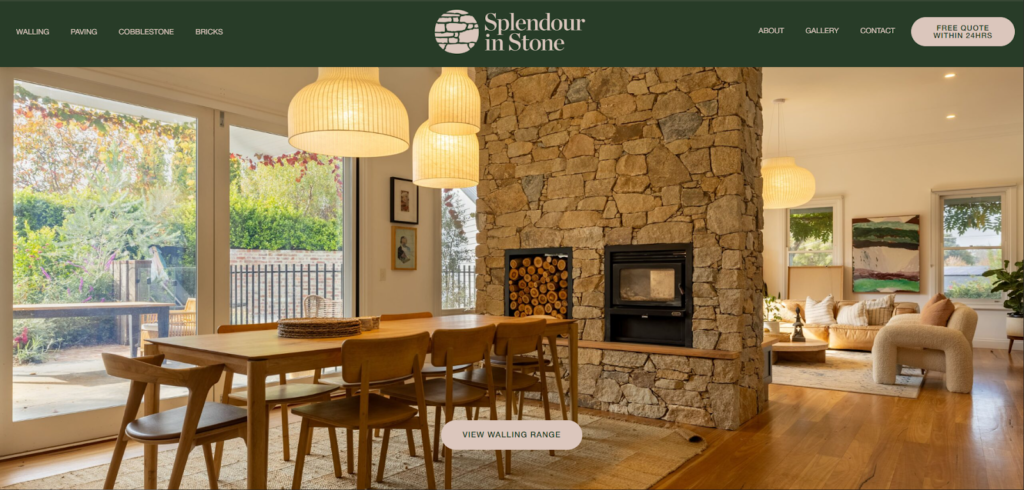
When it comes to creating outdoor spaces that leave a lasting impression, natural stone offers qualities that make it truly stand out.
- Offers timeless beauty that enhances the character and appeal of any outdoor area.
- Provides exceptional durability, withstanding Australia’s varied climate for decades.
- Each piece is unique, bringing individuality and depth to your project.
- Requires minimal maintenance compared to many manufactured materials.
- Ages gracefully, often improving in appearance over time.
- Suitable for a wide range of applications, from paving and walling to pool surrounds.
- Adds long-term value to your property, both aesthetically and financially.
- Complements both contemporary and traditional architectural styles.
- Sourced in a way that supports sustainable building practices where possible.
- Backed by Splendour in Stone’s expertise in selecting and supplying premium-grade stone for lasting results.
Conclusion
Choosing between natural stone and concrete comes down to your vision, budget, and how you want your outdoor space to feel. Both have their strengths, but natural stone offers unmatched beauty and long-term value.
At Splendour in Stone, we help you bring that elegance to life with premium products and expert advice. Contact our team today to discuss your project and start creating an outdoor space you will love for years.

